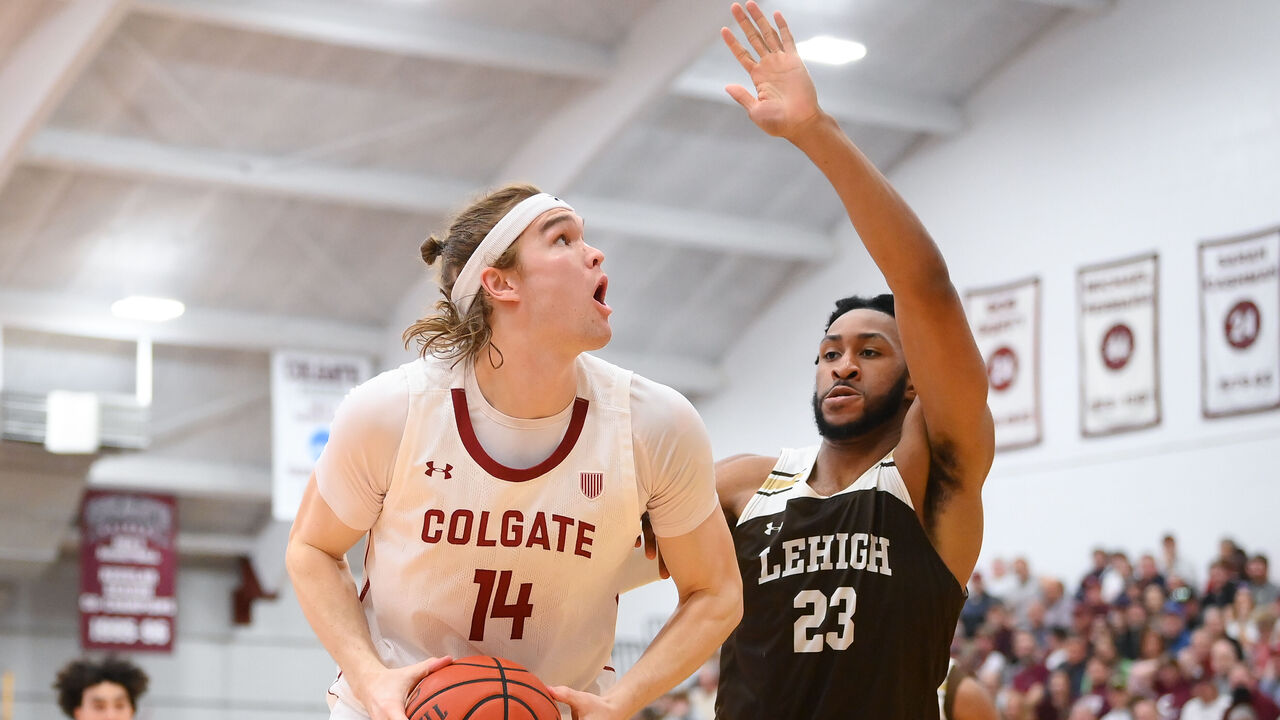Ranking all 68 March Madness teams
When the March Madness bracket is revealed, it’s easy to get caught up in seeding as a way to determine the field’s best teams. But it’s not always that simple.
Between recent successes and failures, stylistic advantages, and mishaps by the seeding committee, plenty of additional factors separate the teams competing in the NCAA Tournament.
With that in mind, we’re ranking all 68 teams in the Big Dance, divided into six tiers.
Tier 1: Congratulations for making it
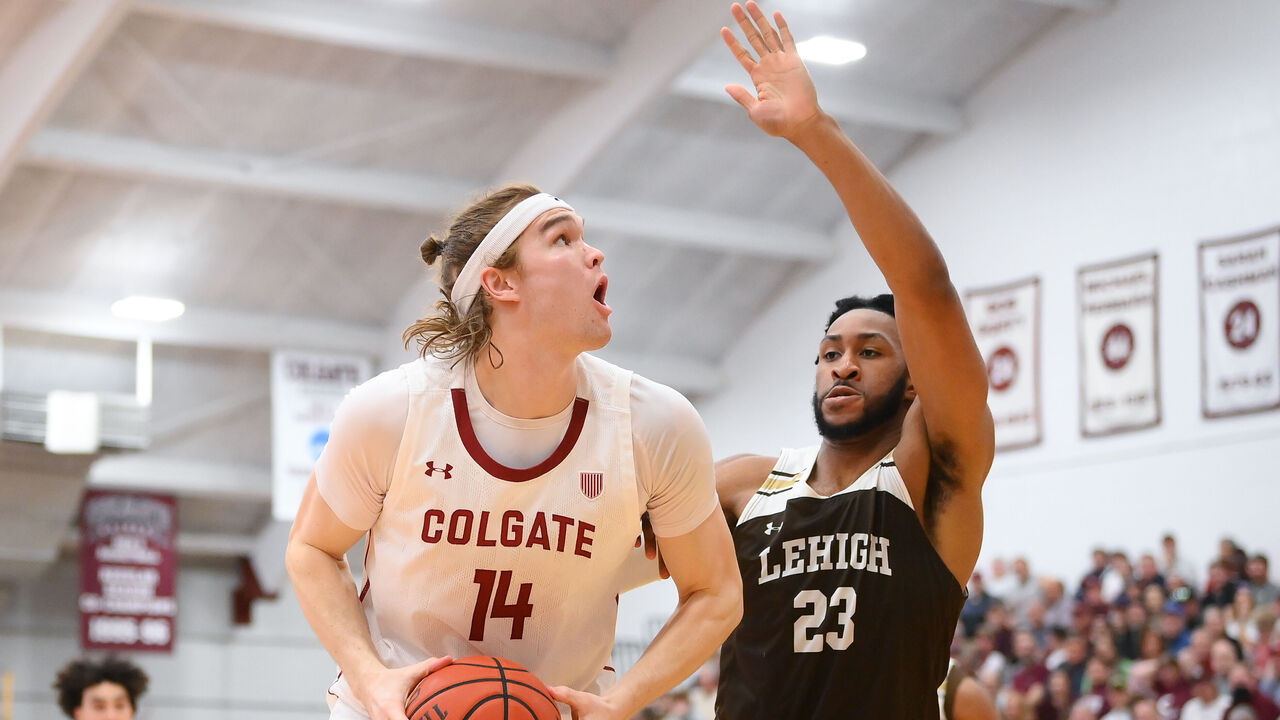
68. Wagner (16 seed)
67. Montana State (16 seed)
66. Grambling State (16 seed)
65. Howard (16 seed)
64. Stetson (16 seed)
63. Long Beach State (15 seed)
62. Longwood (16 seed)
61. Saint Peter’s (15 seed)
60. Colgate (14 seed)
59. Oakland (14 seed)
A No. 15 or 16 seed has won at least one game in four of the last five brackets – but don’t count on that happening again. Conference tournament results provided more upsets than usual this season, so six of the 10 teams ranked as a 15 or 16 didn’t even finish in the top three of their own mid-major conferences. Comparatively, all eight of the 15 and 16 seeds that played in the Round of 64 last year were in the top three of their league’s standings.
Tier 2: Could surprise if all goes right
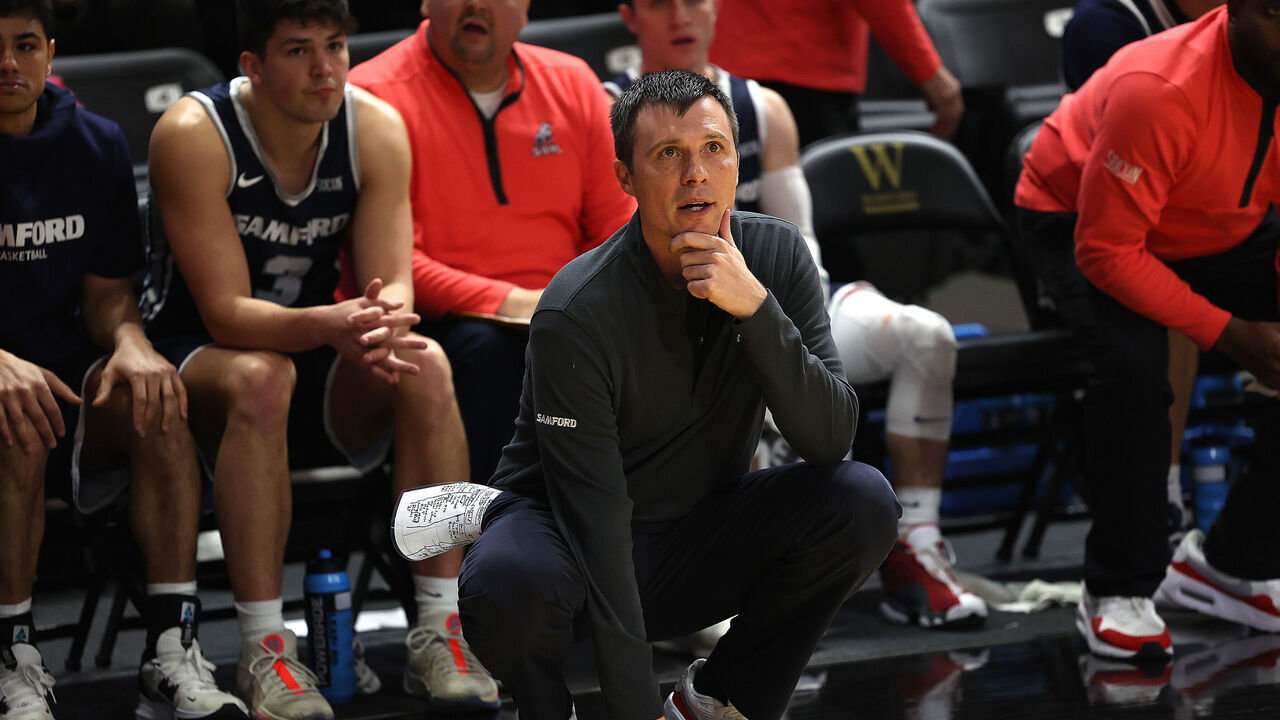
58. South Dakota State (15 seed)
57. Morehead State (14 seed)
56. Western Kentucky (15 seed)
55. Vermont (13 seed)
54. Duquesne (11 seed)
53. Akron (14 seed)
52. Yale (13 seed)
51. Samford (13 seed)
50. N.C. State (11 seed)
Every team in this group has a distinct style or player that can be dangerous in the right matchup. These squads are enticing, from Morehead State’s No. 8 nationwide points per game defense ranking to Akron’s superstar senior big man Enrique Freeman to Samford’s up-and-down “Bucky Ball.” And all but one of them employs a bench boss with previous March Madness experience.
Duquesne and N.C. State are the only two programs in this group ranked higher than a 13 seed, and both seem largely overranked by the committee. The Wolfpack won just two contests against tourney clubs before last week’s magical run at the ACC Tournament, and Duquesne’s resume doesn’t reflect its seed at all. A No. 11 team hasn’t been ranked 80 or lower in KenPom since 2019, and Duquesne sits 86th.
Tier 3: Cinderella candidates and middling at-larges
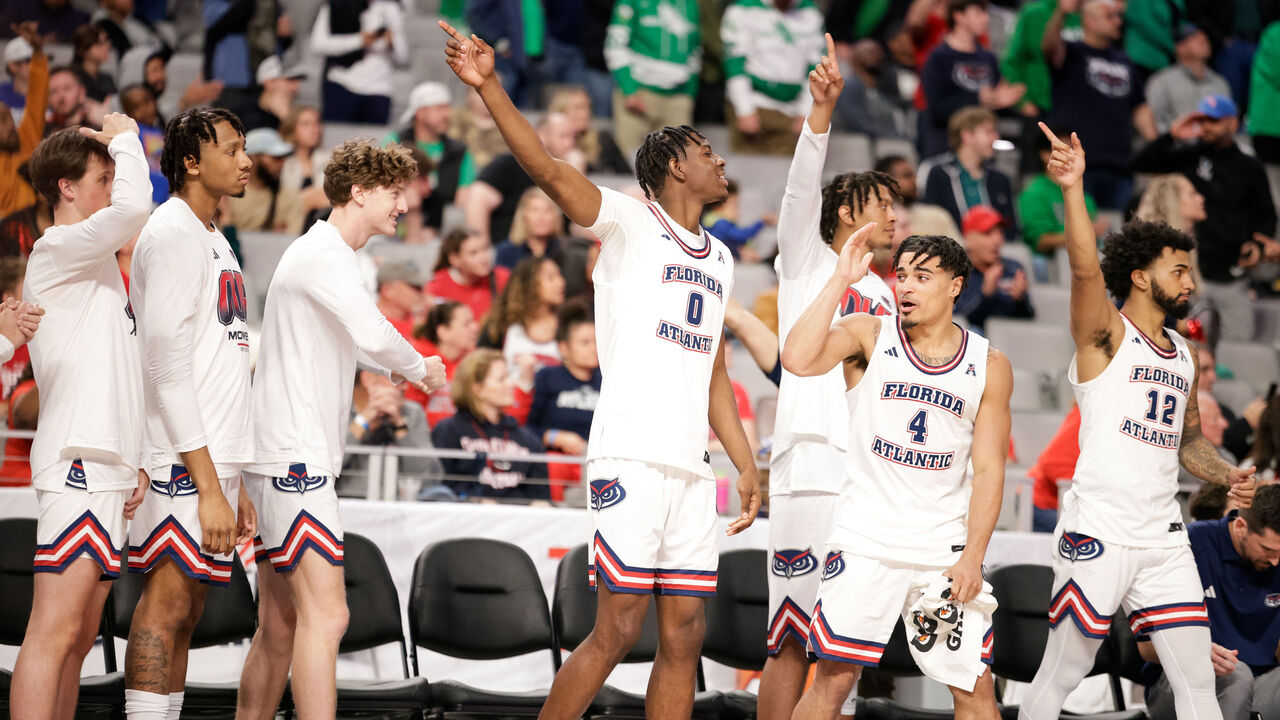
49. Virginia (10 seed)
48. Charleston (13 seed)
47. Northwestern (9 seed)
46. UAB (12 seed)
45. Michigan State (9 seed)
44. Boise State (10 seed)
43. Colorado State (10 seed)
42. McNeese State (12 seed)
41. Florida Atlantic (8 seed)
40. James Madison (12 seed)
39. Dayton (7 seed)
38. Utah State (8 seed)
37. Nevada (10 seed)
36. Mississippi State (8 seed)
Nobody in this tier should be expected to win multiple games in the Big Dance. They range from mid-major squads with winning streaks of at least 11 games (McNeese State, Charleston, and James Madison) to slipping power conference teams (Virginia, Northwestern, and Mississippi State).
Florida Atlantic and Dayton are ranked way lower in this list than their seed would suggest. Dayton doesn’t have any Quad 3 or 4 losses – but also doesn’t have any wins against at-large teams. Meanwhile, FAU began the season at No. 10 in the AP Poll after last year’s Final Four run and secured a spectacular victory against 2-seed Arizona, but it also has five losses to teams ranked below No. 100 in KenPom.
Tier 4: Sweet 16 potential

35. Colorado (10 seed)
33. Grand Canyon (12 seed)
33. South Carolina (6 seed)
32. Clemson (6 seed)
31. Nebraska (8 seed)
30. Drake (10 seed)
29. Oregon (11 seed)
28. Washington State (7 seed)
27. New Mexico (11 seed)
26. Texas A&M (9 seed)
25. TCU (9 seed)
24. San Diego State (5 seed)
23. Saint Mary’s (4 seed)
All five double-digit seeds in Tier 4 won their conference tournaments. Oregon and New Mexico, in particular, are red-hot squads with superstars leading the way. Lobos guard Jaelen House averaged 23 points over his team’s run through the Mountain West tournament, while Ducks big man N’Faly Dante is a crazy 51-of-60 (85%) from the floor in his last six games.
South Carolina and TCU are on opposite ends of the spectrum. The Gamecocks have been underrated by analytic sites all season thanks to close results against awful teams – and three losses by 25 points or more – but went 13-5 in a loaded SEC. Meanwhile, the Horned Frogs are 0-6 against tournament opponents since the start of February, but their loaded Big 12 schedule means that just one of their 12 losses came against a team ranked lower than No. 37 nationally.
Tier 5: Reasonable Final Four picks
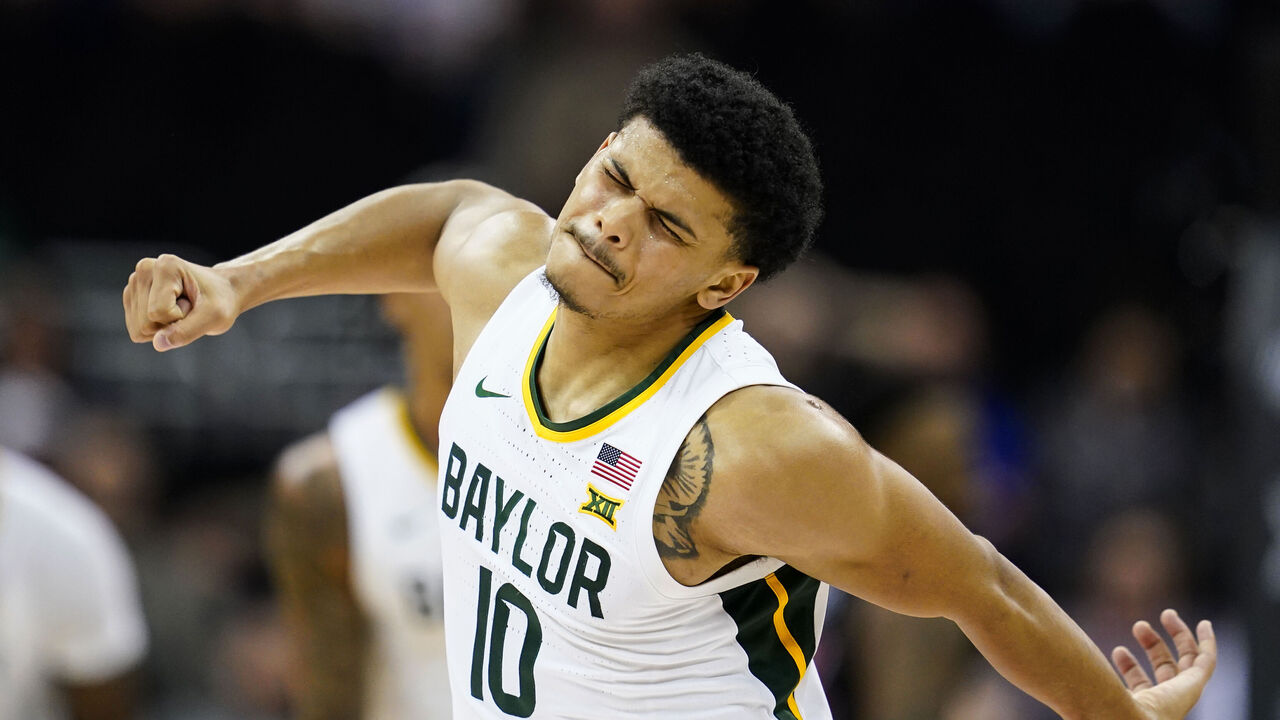
22. Texas (7 seed)
21. Wisconsin (5 seed)
20. Texas Tech (6 seed)
19. Florida (7 seed)
18. Kansas (4 seed)
17. Gonzaga (5 seed)
16. Alabama (4 seed)
15. Baylor (3 seed)
14. Duke (4 seed)
13. BYU (6 seed)
12. Creighton (3 seed)
11. Illinois (4 seed)
10. Marquette (2 seed)
To be clear, we’re not advocating for the masses to put No. 7 seed Texas in their Final Four, but former March Madness superstars Max Abmas and Dylan Disu could conceivably get hot and lead the Longhorns on a surprise track to Phoenix. Kansas and Gonzaga both lacked typical results this season, but they still boast top-tier pedigrees and elite coaches in Bill Self and Mark Few.
Each of these teams has at least one win against a top-five seed in the Big Dance, proving their potential to upset a top-ranked program later in the tournament. Baylor, for example, played an unbelievable 19 Quad 1 games on the campaign, going 10-9.
A lack of balance puts these squads below the top grouping. Alabama and Illinois are among the five best offensive teams in the country, per KenPom, but have defenses outside the top 90. Wisconsin is No. 308 in defensive field-goal percentage. Creighton forces the fewest turnovers of any team in the nation. If any of these flawed but talented clubs fixes its season-long issues, it could make a run at a national title.
Tier 6: Cream of the crop
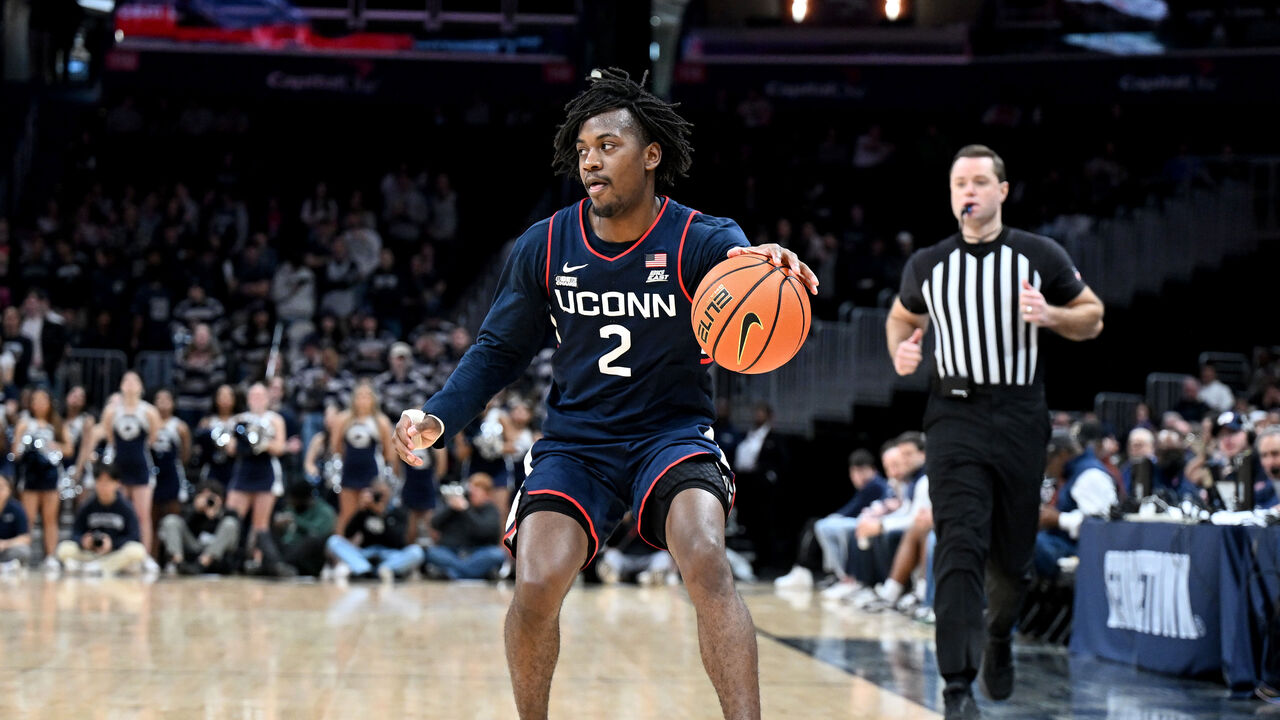
9. North Carolina (1 seed)
8. Arizona (2 seed)
7. Kentucky (3 seed)
6. Iowa State (2 seed)
5. Tennessee (2 seed)
4. Purdue (1 seed)
3. Auburn (4 seed)
2. Houston (1 seed)
1. UConn (1 seed)
This group consists of all the No. 1 seeds, three second-placed squads, and two outliers. Kentucky, a third seed, may be the most talented team in the nation. With three possible lottery picks in the rotation – including Reed Sheppard, the country’s leading 3-point shooter – the Wildcats can truly beat anyone. Non-home wins against three top-tier teams proves as much. But sporting the nation’s No. 344 scoring defense and No. 108 mark in defensive efficiency tanked Kentucky’s rank. Meanwhile, SEC Tournament champion Auburn is rated fourth overall on KenPom and fifth in the NET rankings.
Quite frankly, North Carolina is the weakest top seed in the Big Dance. The Tar Heels have just one win against a top-three seed and went 7-4 against the NET rankings’ Quad 2 teams. Meanwhile, Purdue, Houston, and UConn went 19-0 in those games.
Purdue, Tennessee, Iowa State, and Arizona have had their fair share of March Madness struggles of late, so the top spot came down to UConn and Houston. The defending champion Huskies took the crown thanks to last year’s title and their overall health. While the Cougars have one of the most dominant defenses in college hoops history, injuries to key bench players and a banged-up star in J’Wan Roberts means they’re susceptible if All-American guard Jamal Shead struggles like he did in the Big 12 final.

